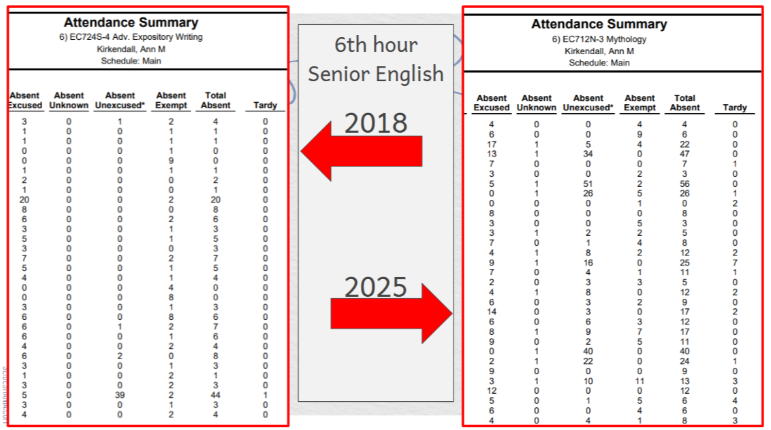Over the last couple weeks, over 20 million NCAA tournament brackets have been cast. In arguably the best month of college basketball, March Madness is living up to its name. When filling out a bracket, many people use different strategies to decide the winner of each game. Below, I have created a list of different strategies that can be used to fill out a bracket. Attached to each strategy is a link to a bracket filled out using that strategy this year. They are in order from most successful to least successful. After each round, the list will be updated. Which strategy works the best?
Top Seed:
In this strategy, each game was decided by which team had the higher seed. When it came down to all one seeds, the number one overall seed was chosen.
http://games.espn.com/tournament-challenge-bracket/2017/en/entry?entryID=10681349
Coin Flip After the Sweet Sixteen:
Using this strategy, the higher seed was picked in the first two rounds. Then, starting with the Sweet Sixteen, each game was decided by a coin flip with heads choosing the top team of the bracket and tails choosing the bottom team of the bracket.
http://games.espn.com/tournament-challenge-bracket/2017/en/entry?entryID=17816077
RPI:
All season long, teams are evaluated using a number of different factors to decide a team’s ranking (RPI). However, a team’s ranking does not necessarily correlate with their seed. Using this strategy, every game was decided by whoever had the higher RPI ranking.
http://games.espn.com/tournament-challenge-bracket/2017/en/entry?entryID=7857436
Wins:
In this strategy, each game was decided by whoever had the most wins in the regular season. If two teams had the same number of wins, the higher seed was picked to move on.
http://games.espn.com/tournament-challenge-bracket/2017/en/entry?entryID=7884086
Points Per Game (PPG):
This strategy picked each game by whoever average the most points per game this season. If two teams had the same PPG, the higher seed was taken.
http://games.espn.com/tournament-challenge-bracket/2017/en/entry?entryID=7857436
Coin Flip:
This strategy decides every game by a simple coin flip. If the coin landed on heads the top team of the bracket was taken and if the coin landed on tails then the bottom team of the bracket was taken.
http://games.espn.com/tournament-challenge-bracket/2017/en/entry?entryID=4300454
Team Color:

With this strategy, each game was decided by what color, based on historical trends was most likely to win. In the picture above, the colors are in order from most likely to win to least likely to win. If two teams had the same color, whatever color matched the chart the best won.
http://games.espn.com/tournament-challenge-bracket/2017/en/entry?entryID=4102735
Defensive Points Per Game (PPG):
Using this strategy, each game was decided by whoever let up the least amount of points per game in the regular season. If two teams had the same defensive PPG, the higher seed was taken.
http://games.espn.com/tournament-challenge-bracket/2017/en/entry?entryID=7827988
Mascot:
Using this strategy, each game was decided based on which mascot, in a head to head matchup, would win. If a mascot was either fictitious or too hard to judge what would happen in a fight, the higher seed was picked.
http://games.espn.com/tournament-challenge-bracket/2017/en/entry?entryID=4237052
Upset:
With this strategy each game was decided by which team had the lower seed. Again, when it came down to all sixteen seeds the worst overall sixteen seed was chosen.
http://games.espn.com/tournament-challenge-bracket/2017/en/entry?entryID=10688809












